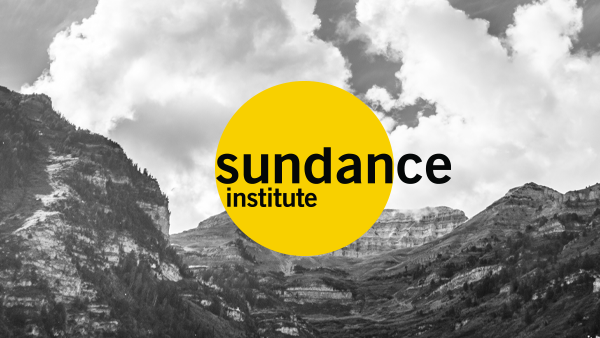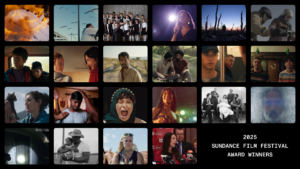Karim Ahmad, Director, Outreach & Inclusion, and Spencer Alcorn, Director, Media Relations
For a second year, the Press Inclusion Initiative, our effort to cultivate a more representative press corps at the Sundance Film Festival, returns by providing top tier access to freelance critics from underrepresented communities. With returning support from partners Critical Minded, Netflix, Open Society Foundations, and Rotten Tomatoes, the initiative again additionally made available a pool of 51 unrestricted cash stipends to support Festival attendance for critics, freelancers, and journalists from backgrounds underrepresented in the critical mainstream, with an emphasis on people of color, women, and people with disabilities. Selection criteria included the strength of each applicant’s submissions, prior work, and their coverage plans for the 2020 Festival.
This year, we received 317 applications for those 51 slots. The applicant pool comprised 70% women, 69% people of color (including 26% women of color), and 31% LGBTQ+ people—and 14% of applicants are people with a disability.
The successful candidates to date, numbering 51, are 61% women, 84% people of color (including 51% women of color), and 49% LGBTQ+ people. 25% of successful candidates are people with a disability.
Our review panel comprised Chaz Ebert (CEO & Publisher, RogerEbert.com), Kate Hagen (Director of Community, The Black List) and Nic Novicki (founder, Easterseals Disability Film Challenge), who reviewed submitted writing samples and Festival coverage plans. With an initiative such as this, which seeks to advance representation and equity field-wide, there are far more worthy candidates than stipends available, so our panel made difficult decisions in the face of very strong interest from the journalistic community.
With the dramatically increased submission pool this year, we are already assessing key takeaways for improvements we can implement for next year, which include shifting the entire application and selection process earlier in the calendar year, ensuring that freelance journalists are able to more easily weigh the financial commitment of covering the Festival.
We created the Press Inclusion Initiative in order to address an imbalance in the critical landscape: Critic’s Choice 2, a 2018 study by USC Annenberg’s Inclusion Initiative, showed that of critics reviewing the top 300 films from 2015 to 2017, 65.6% were white males.
This disparity can have a chilling effect on rich discourse and collective dialogue, and it can ultimately underserve the artists we showcase at the Sundance Film Festival, by limiting the critical voices that discuss their work. This, in turn, can directly affect how audiences meet that work.
We created the Press Inclusion Initiative in 2018 as an attempt to broaden and deepen the diverse composition of our press corps. We collected self-submitted demographic data from press accreditation for the first time, expanded the number of press badges with top-tier access, and deepened our engagement with freelancers without assignment letters. With founding support from The Nathan Cummings Foundation, Emerson Collective, Ford Foundation, the John D. and Catherine T. MacArthur Foundation, Netflix, Open Society Foundations, and Rotten Tomatoes, we were able to extend stipends to 51 critics and journalists from underrepresented backgrounds.As a result, 63% of the entire 2019 Sundance Film Festival press corps were individuals who were not heterosexual, able-bodied, cisgender white men.
We look forward to sharing this year’s outcomes, alongside coverage from stipended critics, across our official platforms.
Update: Due to some candidates changing their plans, the demographic make-up of the final group of stipended critics has shifted to include 63% women and 82% people of color. All other demographic data remains unchanged.




